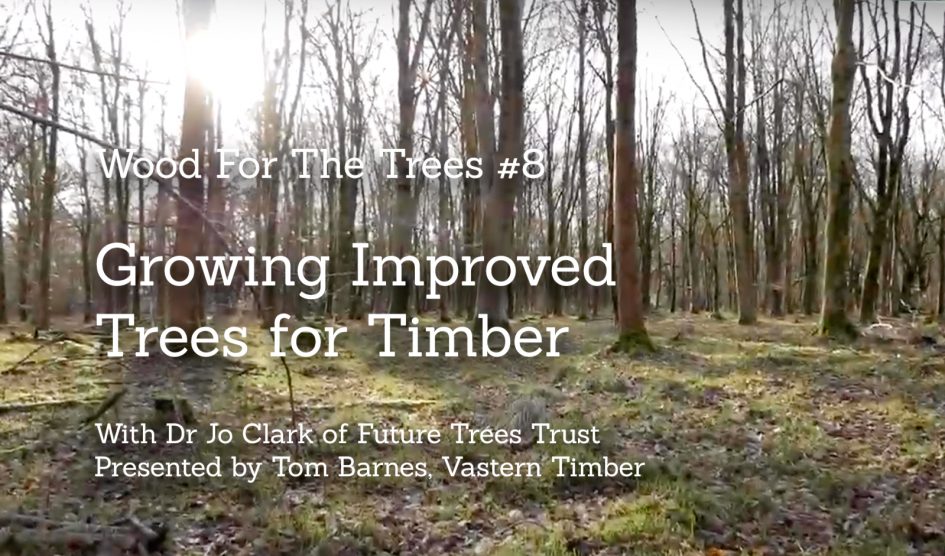Using more timber can reduce the carbon costs of construction, but where will the wood we need in future come from? We’re already the second biggest importer of timber globally, and that’s before we fully embrace the use of bio-based materials in building. If we accept that increased timber construction is part of the solution to reduce carbon emissions, where’s all this wood going to come from?
Despite political pledges, there has been very little tree planting in England over the last few decades, and almost none of the wood planted is going to yield any timber in the future. Growing timber requires good quality trees, and these start life as good quality seeds. Researchers at the The Future Trees Trust are working to improve the UK’s broadleaved trees, so they deliver all the environmental, social and economic benefits that they possibly can.
Of course, I have a special interest in this subject. I manage the family sawmilling business, Vastern Timber, and for generations we’ve converted locally grown trees into timber products. Vastern Timber funds research by the Future Trees Trust to select improved trees for timber.
Our producer Charly met up with Dr Jo Clark of the Future Trees Trust, as they assessed a sycamore ‘progeny trial.’ She found out more about their work to grow improved trees for timber.
This is part eight of our series ‘Wood For The Trees,’ which explores the future of British forests.
Watch them all and add your comments at youtube/c/woodforthetrees

